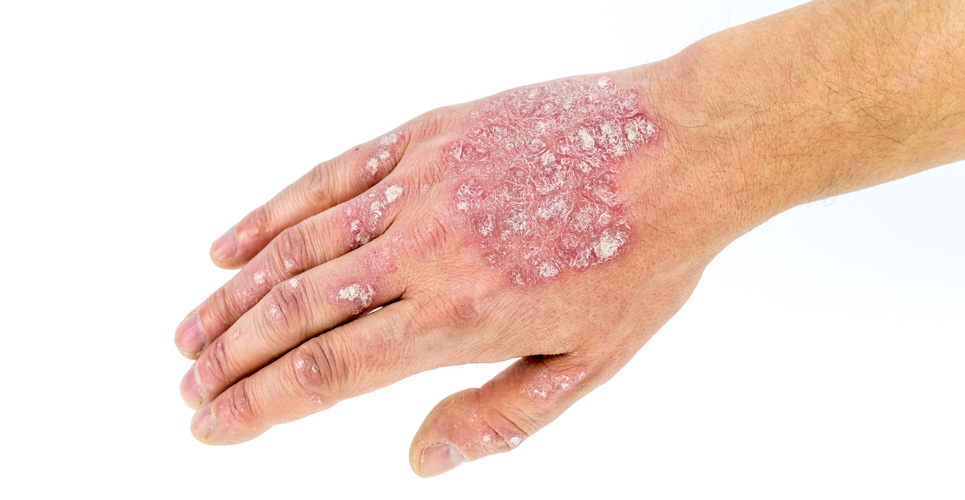teaser
Nickie Greer
PharmD BCPS
Clinical Pharmacist
Internal Medicine/Drug Information
Department of Pharmacy
Baylor University Medical Center
Dallas, TX
USA
E:[email protected]
The treatment of complicated skin and skin structure infections (cSSSIs) is complex. These infections may be caused by a wide variety of organisms and are often polymicrobial.(1) The deeper soft tissue is involved and treatment requires surgical intervention along with antimicrobials. Various wound infections are the most common cause of cSSSIs, including acute wounds, surgical sites, diabetic foot, venous stasis ulcers and decubitus ulcer infections.(2) Other causes include severe cellulitis and secondary infections of the skin.
The mainstays of therapy for the treatment of cSSSIs include broad-spectrum agents such as beta-lactam/beta-lactamase inhibitor combinations, carbapenems and cephalosporins with or without additional anaerobic coverage.(1,2) However, due to the increasing problem of resistance to commonly used antimicrobials, alternative antibiotics are becoming more important in the treatment of these complicated infections.
Tigecycline is the first agent in the glycylcycline class of antimicrobials and is structurally related to minocycline.(3,4) The addition of an N,N-dimethyl‑glycylamido group to the minocycline molecule increases the affinity of tigecycline for the ribosomal target up to fivefold, allowing for an expanded spectrum of activity and a decreased potential to develop resistance. Tigecycline has activity against gram-positive organisms, including methicillin-resistant Staphylococcus aureus (MRSA) and Staphylococcus epidermidis, penicillin-resistant Streptococcus pneumoniae and vancomycin-resistant Enterococcus species.(3,5,6) It also has activity against a wide range of Gram-negative organisms (excluding Proteus and Pseudomonas species) and anaerobic organisms. These characteristics led to the evaluation of tigecycline for the treatment of cSSSIs.
Tigecycline for the treatment of cSSSI
Two randomised, double-blind, phase III trials were conducted to evaluate the efficacy and safety of tigecycline compared with that of vancomycin/aztreonam for the treatment of adults with cSSSI.(7,8) The inclusion and exclusion criteria for both trials are shown in Table 1. Patients in the tigecycline group received a 100mg loading dose intravenously (IV) followed by a dose of 50mg IV every 12 hours and a placebo infusion. Patients in the comparator group received vancomycin 1g IV every 12 hours (adjustment allowed for renal dysfunction) and aztreonam 2g IV every 12 hours. Treatment was continued for up to 14 days; however, the aztreonam could be discontinued after 48 hours at the discretion of the investigator.
[[HPE28_table1_51]]
The primary endpoint of both trials was the clinical response in the clinical modified-intent-to-treat (c-mITT) and the clinically evaluable (CE) groups at the test-of-cure visit (days 12–92 after the last dose of a study drug). The c-mITT group consisted of patients who received at least one dose of study drug and had clinical evidence of a cSSSI. The CE group consisted of patients in the c-mITT group who did not have a baseline culture solely positive for Pseudomonas aeruginosa, received no other antimicrobials after the first dose of a study drug and had an assessment done at the test-of-cure visit.

The data from both trials were pooled together and reported in a separate analysis.(9) Table 2 summarises the results, as reported in the pooled analysis, for the primary endpoints. In both trials, tigecycline was found to be noninferior to vancomycin/aztreonam for the treatment of cSSSI in the CE and the c-mITT populations. Both groups also had similar rates of microbiological cure, including eradication of MRSA.
[[HPE28_table2_52]]
Overall, adverse events occurred in 67.7% of patients in the tigecycline group versus 61.1% of patients in the vancomycin/aztreonam group (p=0.024). Patients in the tigecycline group experienced significantly more gastrointestinal events, including nausea and vomiting (46% versus 21%; p<0.001). Hypertension, skin rash and increased liver enzymes occurred significantly more often in the vancomycin/aztreonam group (p<0.003). Patients in the tigecycline group were significantly more likely to have a prolonged prothrombin time and activated partial thromboplastin time (p<0.034).
Both trials found that tigecycline is noninferior to vancomycin/aztreonam for the treatment of cSSSI. One possible limitation of these studies was the dose of aztreonam that was chosen. Aztreonam may be given at a dose up to 2g IV every eight hours for the treatment of moderate-to-severe infections. Aztreonam was also discontinued after 48 hours at the discretion of the investigator, but no mention was made concerning the average length of aztreonam therapy and how this may have affected the data.
Conclusion
Tigecycline is the first in the glycylcycline class of antibiotics. It has a broad spectrum of activity, including resistant gram-positive organisms. Current consensus guidelines were published before the approval of tigecycline and do not include it as a treatment option. Standard therapy should continue to be used for most patients with cSSSIs. However, tigecycline may be considered for the treatment of cSSSIs when coverage is needed for resistant gram-positive organisms as well as gram-negative and anaerobic coverage.
References
- Stevens DL, Bisno AL, Chambers HF,et al. Clin Infect Dis 2005;41:1373-406.
- Lee SY, Kuti JL, Nicolau DP.Surg Infect 2005;6:283-95.
- Tygacil (tigecycline) for injection [Package insert]. Philadelphia, PA:Wyeth Pharmaceuticals Inc; 2005.
- Garrison MW, Neumiller JJ, Setter SM. Clin Ther 2005;27:12-22.
- Fritsche TR, Jones RN. Int J Antimicrob Agents 2004;24:567-71.
- Zhanel GC, Homenuik K, Nichol K, et al. Drugs 2004;64:63-88.
- Breedt J, Teras J, Gardovskis J, et al. Antimicrob Agents Chemother 2005;49:4658-66.
- Sacchidanand S, Penn RL, Embil JM, et al. Int J Infect Dis 2005;9:251-61.
- Ellis-Grosse EJ, Babinchak T,Dartois N, et al.Clin Infect Dis 2005;41:S341-53.
Resources
Tygacil (tigecycline IV)
W:www.tygacil.com
Infectious Disease Society of America
W:www.idsociety.org
